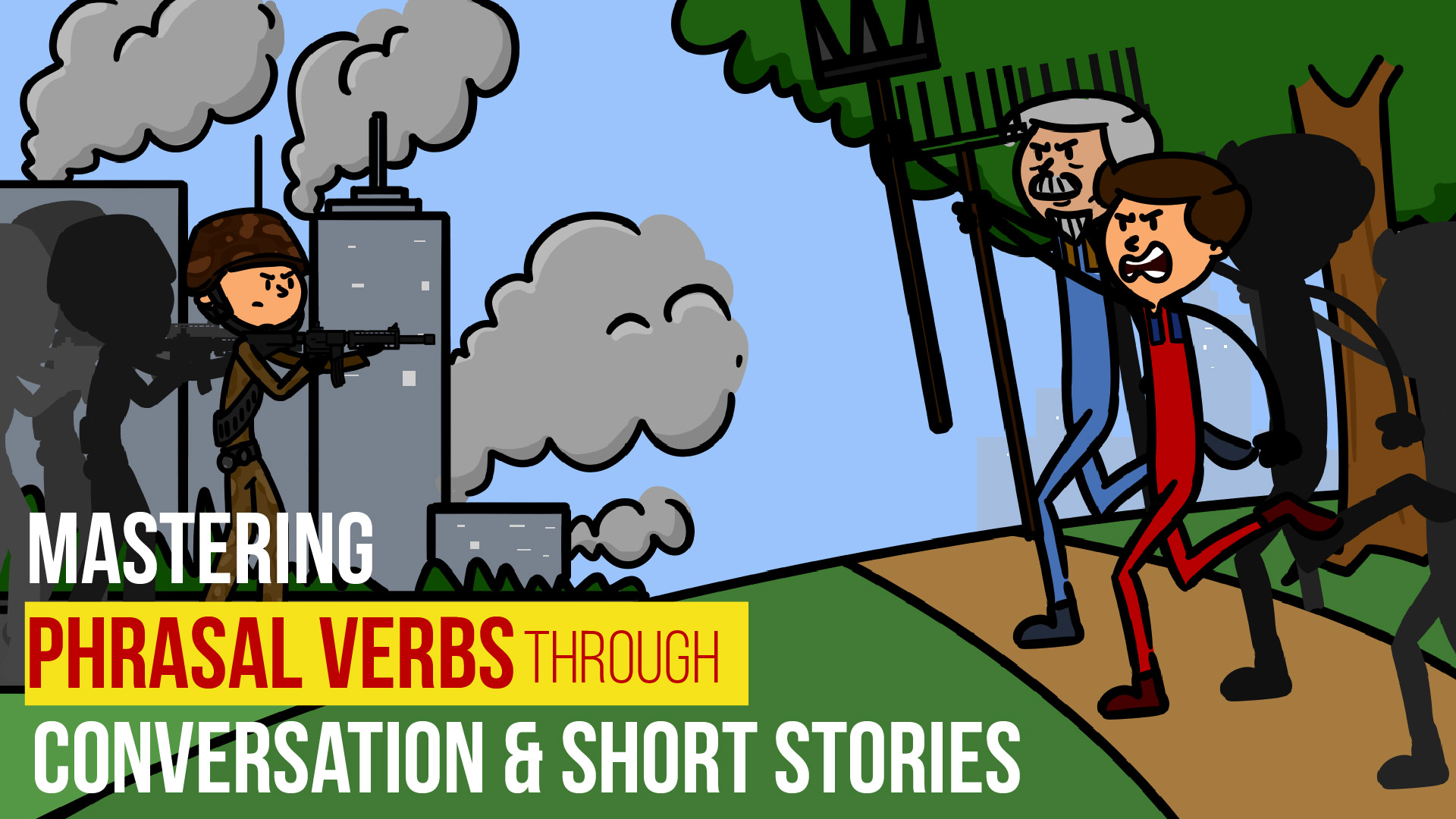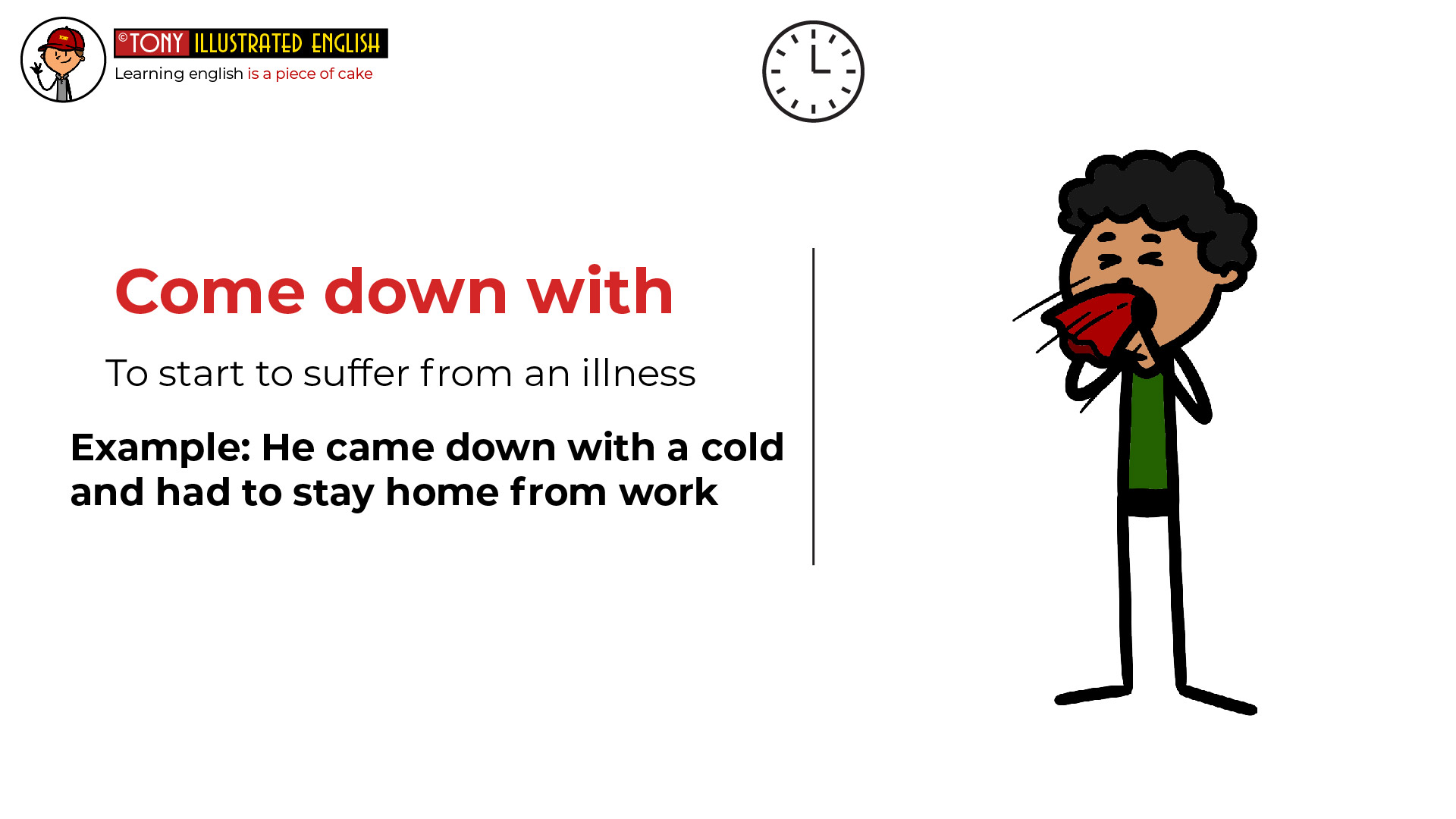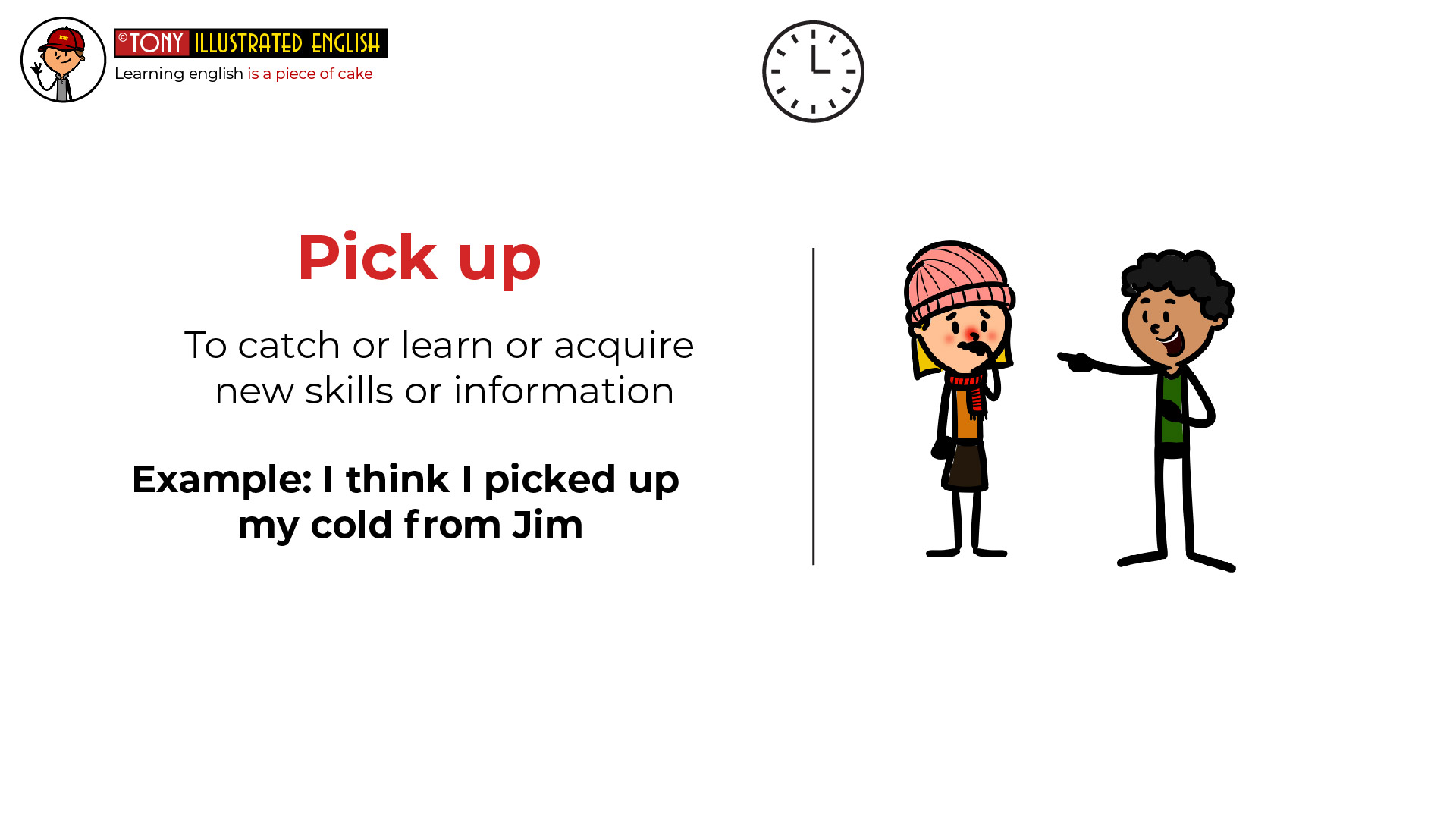Learning phrasal verbs is a crucial step in achieving fluency in English. These multi-word expressions, such as “give up” or “take off,” are used frequently by native speakers, making them essential for understanding and engaging in everyday conversations.
However, their idiomatic nature and the sheer number of them can pose a challenge for learners. This article explores effective methods to learn phrasal verbs through conversation and short stories.

Methods to Learn Phrasal Verbs
Contextual Learning through Conversation
Engaging in real conversations is one of the most effective ways to learn phrasal verbs. Here are some strategies to help you get started:
1. Engage in Real Conversations

- Practice speaking with native speakers or language partners to hear and use phrasal verbs in context.
- Join language exchange groups or clubs where you can converse with others.
For example:
John: Hey Lisa, have you handed in your project yet?
Lisa: Not yet. I’m planning to hand it in tomorrow. I still need to go through some of the data to make sure everything is correct.
John: I know what you mean. I had to put off submitting mine because I found a few mistakes at the last minute.
Lisa: That’s frustrating. But now that you’ve submitted it, what are you going to get down to next?
Incorporating Phrasal Verbs in Short Stories
Short stories are a fantastic way to see phrasal verbs in action and understand their meanings through context. Here’s how you can use them effectively:
2. Read Short Stories

- Choose stories that are specifically written for language learners or graded readers that match your proficiency level.
- Pay attention to how phrasal verbs are used in different contexts within the stories.
For example
Samantha was a dedicated student, but she had a habit of putting off her assignments until the last minute. One evening, she realized she only had a day left to hand in her final project. Panicking, she decided it was time to get down to work.
3. Practical lessons
Here are the lessons that combine English conversation and short stories for learning English phrasal verbs.
- Lesson 1: The Day of the Big Project
- Lesson 2: The Healthy Change
- Lesson 3: The Apartment Makeover
- Lesson 4: update
4. Explanation and Example with Illustration
Come down with
- Explanation: To start to suffer from an illness.
- Example: He came down with a cold and had to stay home from work.

Pick up
- Explanation: To catch or learn or acquire new skills or information
- Example: I think I picked up my cold from Jim.

Conclusion
Learning phrasal verbs can be challenging, but with the right methods, it can also be enjoyable and rewarding. By integrating them into your conversations and stories, you can enhance your understanding and usage of these essential expressions.
Remember, consistent practice and exposure are crucial. So, start incorporating these strategies into your language learning routine today and watch your fluency improve.

